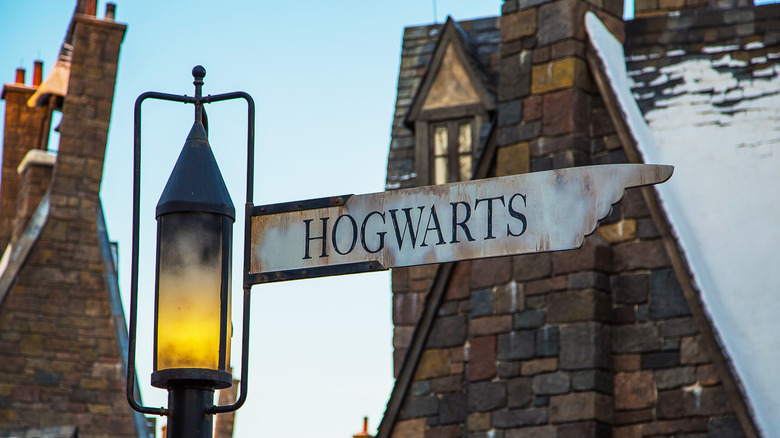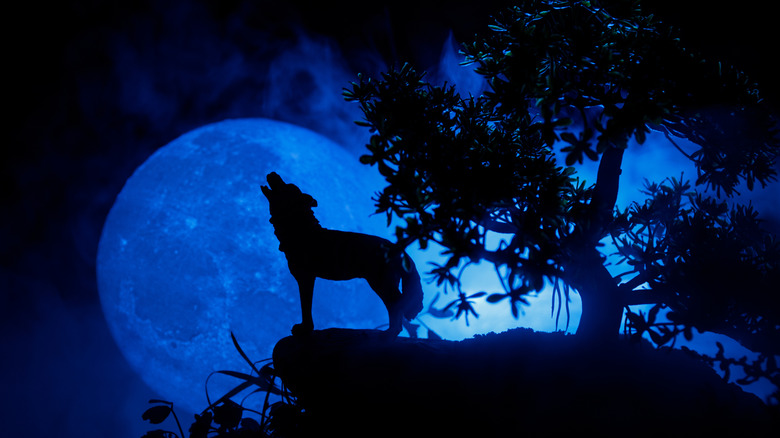The British Legend That Inspired Padfoot In Harry Potter
The Harry Potter series has become one of the most popular book and movie franchises in history. They tell us the life story of a fictional boy wizard named Harry Potter, and the adventures that befall him as he pursues his destiny. Along the way, he meets various characters, including his best friends Ron Weasley and Hermoine Granger, his nemesis Lord Voldemort, and teachers/mentors like Dumbledore. One other character who becomes an important influence on Harry is his godfather, Sirius Black, per The Harry Potter Lexicon. While their relationship starts off rocky, Black turns out to be one of the last and most crucial links to his past.
Outside his relationship with Harry, the most noteworthy thing about Sirius Black is that he is not simply a wizard. He is also what is referred to as an Animagus. Animagi are witches or wizards that possess the ability to transform into an animal and back to human anytime they want. You first witness Black's transformation from man to beast in "Harry Potter and the Prisoner of Azkaban," and it is a shock to everyone. One minute he is a man, and the next he takes the form of a large, black, wolf-like creature.
The legend behind the character
Per The Harry Potter Lexicon, Black's animal form is known as Padfoot, which is a nickname he received during his time at Hogwarts. However, the inspiration for his dog-like transformation was not just some idea that was the product of J.K. Rowling's imagination. His roots lie in a British legend known as the barghest, per Britannica. This creature is described as a "monstrous, goblin dog, with huge teeth and claws that only appears at night." Legend says that if you clearly saw the demon dog, that your death would surely follow shortly after. However, if you only caught a glimpse of the creature, you would continue to live for some months following the sighting.
Across the different regions of Great Britain, these mythical beasts could manifest in different forms. The Welsh version of the legend mentions the dog having red eyes, while in Lancashire the creature howls and has feet that point backwards. In the region of East Anglia, this apparition is believed to be amphibious in nature and has only one eye, and in Manchester it has no head at all. Obviously, Rowling created a less gruesome version of the creature for the Harry Potter books, but the inspiration behind the character is definitely darker.

